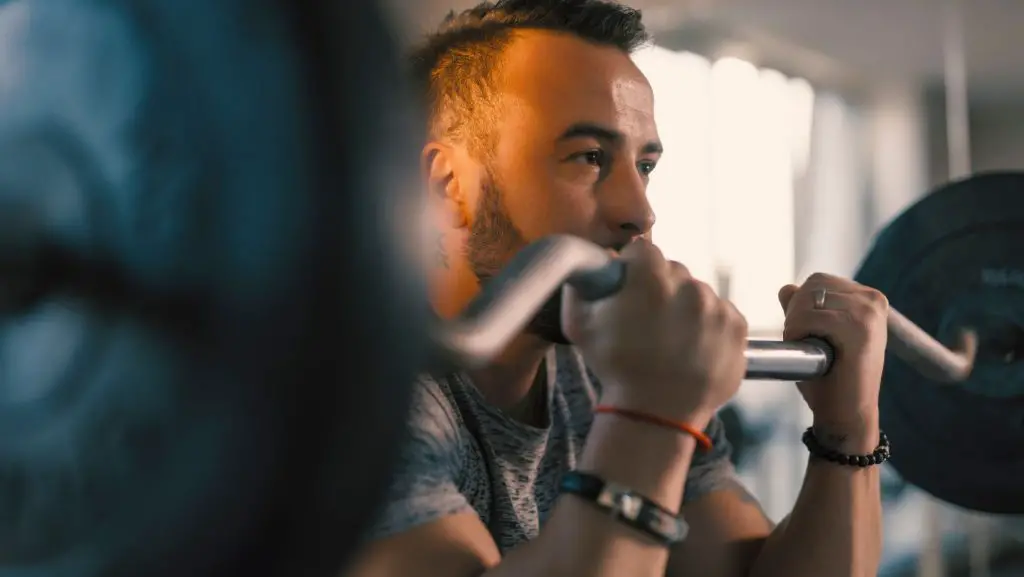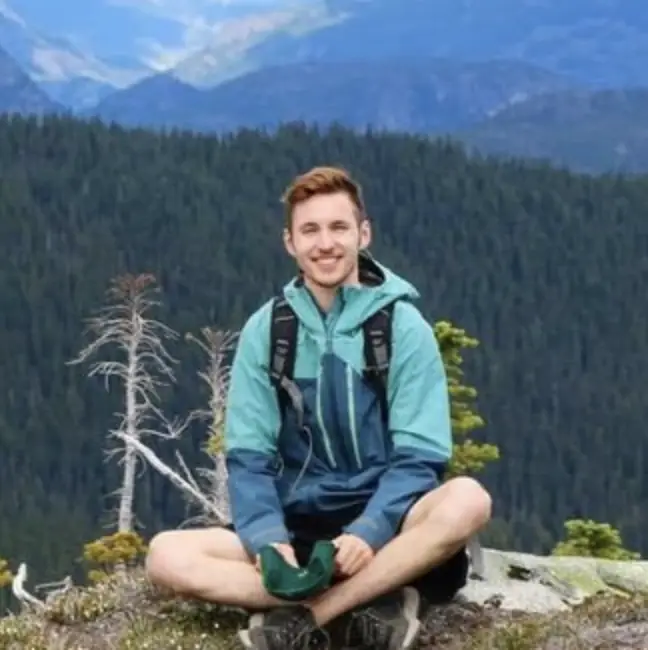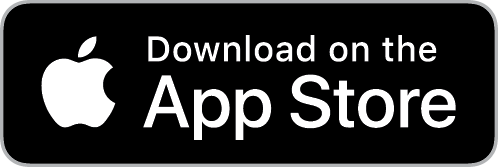When you walk into a gym, it can be overwhelming seeing all the different types of equipment available, including all the types of barbells. Some are long, some come in other various shapes, and they seem to all weigh differently!
Knowing how much weight you’re lifting is an important factor when measuring your progress during your workout program. To accurately calculate the weight you’re lifting, you have to know how much the barbell weighs. Reach your goals on schedule!
Let’s break down the different types of bars found at the gym and which one you can use effectively for deadlifting.
Table of Contents
What Is Deadlifting?
Deadlifting is a strength training exercise that targets the muscles in the hips, legs, back, and core.
Deadlifting is considered one of the most effective exercises for building overall strength and muscle mass because it works a large number of muscle groups. Additionally, it requires proper form and technique to avoid injury.
When you’re at the gym, you may notice a variety of barbells to use — and they can all look and weigh differently. There are alternate bars because a deadlift can be performed using a variety of barbells, including:
- Olympic barbell
- Powerlifting barbell
- Hybrid barbell
- Standard deadlift bar
You can tailor the weight of your deadlift to your fitness goals and weight training abilities. Whether you’re a seasoned weightlifter or just starting out, incorporating deadlifts into your workout routine can help build strength, increase power, and improve your athletic performance.
The Benefits of Deadlifting
There are plenty of benefits to incorporating deadlifts with proper technique into your workout routine, including:
- Strengthening your core
- Increasing metabolism
- Reducing back pain
- Improving your posture
- Reducing risk of injury
Working with a certified trainer can help ensure you’re performing a deadlift with the proper technique to target the right muscle groups and avoid injury.

How to Properly Perform a Deadlift
There are different variations of a deadlift. Whether you’re doing a stiff leg deadlift, a Romanian deadlift or a sumo deadlift, it’s important to maintain proper form.
Here are some tips to remember:
- Set up — stand with your feet hip-width apart, with your shins close to the barbell. Your toes should be pointing straight ahead.
- Grip — grip the barbell with both hands, keeping your hands shoulder-width apart. You can use either an overhand or mixed grip.
- Hinge — hinge forward at the hips and bend your knees slightly, so that your shins are just about touching the bar. Keep your back straight and core engaged.
- Lift — drive through your heels and lift the bar off the ground, keeping it close to your legs as you straighten your hips and knees.
- Finish — once you reach a standing position, pause for a moment to stabilize the bar. Then, lower the bar back down to the ground by reversing the motion, hinging at the hips and bending your knees.
- Repeat — repeat the lift for the desired number of repetitions.
Overview of a Deadlift Bar
Let’s break down the parts of a deadlift bar!
A deadlift bar consists of several key components that contribute to its functionality and performance.
- Shaft — the main part of the bar which is usually made of steel or a similar material.
- Sleeves — located at the ends of the bar and hold the weight plates. A standard bar has rotating sleeves to allow for a smooth and controlled movement.
- Knurling — the rough section of the bar that provides grip and helps prevent slipping during the lift.
Understanding the various parts of a deadlift bar can help you make an informed decision when choosing the right bar for your strength training needs.

Types of Deadlift Bars
Olympic Deadlift Bars
An Olympic deadlift bar is a type of barbell specifically designed for the sport of Olympic weightlifting. They typically have a smaller diameter and a lighter weight than powerlifting bars, making them well-suited for exercises like the snatch and clean and jerk, increasing your Olympic plates stack as you get stronger.
These bars also tend to be more flexible than powerlifting bars, which allows for a greater range of motion during the lift. If you’re interested in Olympic weightlifting, or simply looking for a bar that provides a good balance of weight, grip, and flexibility, an Olympic deadlift bar might be the right choice for you.
Powerlifting Deadlift Bars
A powerlifting deadlift bar is a type of barbell designed for the sport of powerlifting. This type of bar is characterized by its heavy weight and increased stiffness compared to Olympic deadlift bars.
The increased stiffness allows the lifter to generate more power during the lift, making it a popular choice for powerlifters and those looking to improve their max lifts. Powerlifting deadlift bars typically have a larger diameter and more aggressive knurling than Olympic bars, providing a secure grip even when lifting heavy weights. They also tend to have a higher weight capacity, making them suitable for heavier lifts.
Powerlifting deadlift bars are ideal for exercises like the squat, bench press, and deadlift, as they allow the lifter to handle heavier weights and achieve higher levels of strength and power. If you’re looking to improve your powerlifting performance, or simply want a bar that can handle heavy weights and provide a solid grip, a powerlifting deadlift bar might be the right choice for you.
Hybrid Deadlift Bars
A hybrid deadlift bar is the best of both worlds! This type of barbell combines elements of both Olympic and powerlifting bars. This type of bar is designed to offer the best of both worlds, providing a good balance of weight, stiffness, and grip.
Hybrid deadlift bars typically have a diameter and weight that is intermediate between Olympic and powerlifting bars, making them well-suited for a wide range of exercises and training goals.
If you’re looking for a versatile bar that can be used for a variety of exercises and training styles, a hybrid deadlift bar might be the right choice for you.
Standard Weight of Deadlift Bars
Now that we’ve covered the similarities and differences between the common types of barbells used for deadlifting, how much do they weigh? The common bars used for deadlifts weigh:
- Olympic Deadlift Bars = 45 lbs or 20 kg
- Powerlifting Deadlift Bars = 45 lbs or 20 kg
- Hybrid Deadlift Bars = 45 lbs or 20 kg
The Women’s Barbell
At many gyms, you’ll come across a barbell that is slightly shorter, thinner, and lighter. This is the standard women’s barbell. The smaller diameter makes it easier to grip because women often have smaller hands than men.
A women’s barbell weighs 35 lbs or 15 kg.

Other Barbells You’ll Find at the Gym
Hex Bar
This hexagon shaped bar allows you to stand in the middle of the weight you’re lifting and is used for exercises like deadlift variations, farmer carries. The weight of a hex bar typically ranges between 35–65 lbs.
EZ Bar
An EZ bar is a w-shaped bar that is much shorter than a standard barbell, usually weighing between 20–40 lbs. Gym goers will often use an EZ bar for exercises such as bicep curls, skull crushers, and rows. The w-shape allows for grip variations that target different parts of a muscle group.
Multi-Grip Bar
A multi-grip bar looks like a small metal ladder. It typically weighs between 35–55 lbs and is used to switch up your grip of common upper-body exercises, including bench press, overhead press, and rows.
Tricep Bar
A tricep bar is a smaller version of a multi-grip bar, weighing between 20–40 lbs. A tricep bar allows you to perform tricep exercises with a narrow or neutral grip — talk about feeling the burn!

Which Type of Deadlift Bar Should You Use?
When choosing a deadlift bar, it’s important to consider your training goals, the benefits and differences between each type of barbell, and your fitness level.
Working with a professional trainer can help guide you in the right direction, while keeping you accountable to your fitness goals. For more information about deadlift bars, deadlift form, and all things fitness, contact the team at EverFlex.














